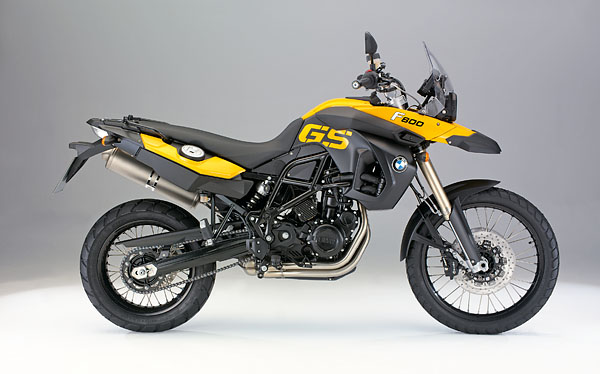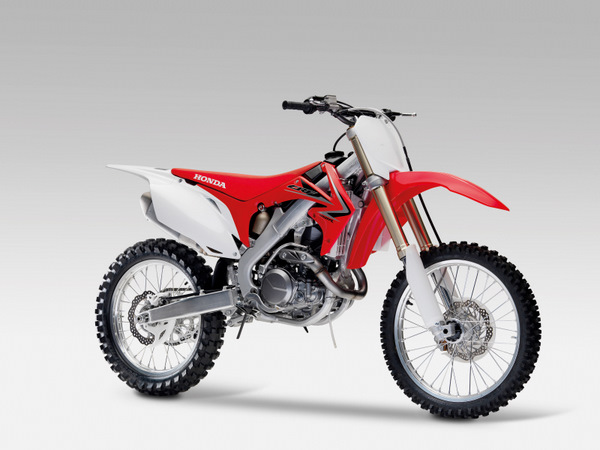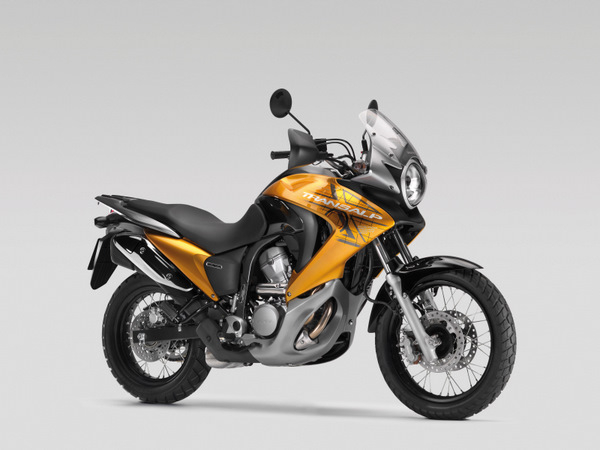Tag: honda
How to Store a CBF500 for the Winter in a Developing Country
Riding is fun, and in order to make sure the machine serves long and without problems, we need to serve it on our part. One of the cornerstones of motorcycle maintenance is proper motorcycle storage between the seasons. This step–by–step guide is aimed at helping those who can’t following the regular guides available online due to non–availability of certain required products in their area (like myself).
Doing all of this with the help of a friend in a well organized manner should not take more than half a Saturday, usually turning into a fun and unique experience, but most importantly your motorcycle is certainly going to appreciate the effort!
Step 1: Go ride
Take your motorcycle out on a short ride, preferably to the nearest petrol station. Ride for at least 15 minutes to make sure the engine gets warm and good, ready to change some oil. Use the chance to enjoy the last moments of riding to the fullest!
Step 2: Full tank
Fill the tank with petrol fully. Make sure the petrol station is credible for high-quality fuel, as the petrol is going to stay in the tank during the winter and if there is water in it then it is going to separate over the long period. Note that while most of the online storage guides suggest emptying the tank and using a tank spray to prevent its rusting, since you presumably have no access to luxuries like the spray the tank is better off being full than empty.
Some guides also suggest emptying the carbs before storage. I believe the carb is better off staying full and being emptied just before taking the bike out from the storage.
Step 3: Tire pressures
On the way back, check the tire pressures at any tire maintenance spot. Inflate both tires to the maximum pressure levels recommended for the motorcycle. Flat tires rot or get permanent dark patch spots that nobody wants to get.
Step 4: Clean and tidy
Dirt, mud, oil and dead bugs deteriorate the surface of the motorcycle over time by eating into the paint. Wash the motorcycle thoroughly making sure that it is completely clean before proceeding. Do not forget the tires and the leathers as well as the chrome parts. All of these need special care and attention.
Step 5: Lubricate
Lubricate the chain and everything else that needs to be lubricated, to avoid corrosion and rusting.
Step 6: Oil
Oil and the oil filter do need to be changed. These need to be changed even if you rode only a couple of kilometers since the last change. If you are storing the motorcycle for more than 4 months, you will have to change the oil again before you start riding it again. Otherwise, you are just going to ride with your winter oil on the next season (before another change of oil is needed) and it is perfectly fine.
I am assuming here that you do know how to change the oil and the filter, and I will write a separate guide someday for those who don’t.
Step 6a: Pistons
This step applies only to the cases when the motorcycle is going to be idle for more than 4 months.
Remove the spark plugs and fill a tablespoon of oil into each cylinder. Crank the engine with the starter to spread the oil evenly on the cylinder walls. This is a common and nice method to avoid rusting in the cylinders. Shut the plug holes with clean rags and take the spark plugs home.
Step 7: Battery
You generally do not have nor can you find a trickle charger in your country, so your battery is going to die and there is nothing you can do about it. But to make it less painful, you definitely want to take it off the motorcycle, take it home with you and slowly deplete it by plugging a 12V bulb or something else to the contacts.
If you have a chance to charge it with a charger once it’s depleted, and then go depleting it again, that is just wonderful (that is essentially what the trickle charger does). Otherwise, you will have to start the motorcycle with the help of another battery, charging your own from there.
Step 8: Removables
Besides removing the battery, you also want to remove the air filter and some of the leather parts, taking it all home with you. I personally remove all I can contain safer at home, including the mirrors, the leather sits of both the rider and the pillion and any accessories I have added. Some maniacs take home the entire carb and disassemble it.
Step 9: Ventilation
Close the exhaust pipe hermetically so no air gets into it causing rusting. This is an important step. Do not just stick some rugs into the hole, as clothes breathe pretty well and you do not need that. Similarly shut the air filter hole to avoid ventilation where it shouldn’t occur.
Step 10: Placement
Placement is important. Keep the motorcycle in a dark and dry place with minimal temperature variations between the day and the night. It is also very much preferred that the temperature does not get below zero.
Since you presumably do not have a motorcycle lift and CBF500 does not have a center stand by default, simply lean the motorcycle on its sidestand and make sure that the tires do not touch concrete. It is best to put sheets of thick paper under the tires to be crystal sure that no tire rotting can happen. Moving the motorcycle every 2–3 weeks a little forward and backward so the wheels don’t change their round shape under the weight is much desired.
Finally, cover the motorcycle with a blanket or a specialized motorcycle cover. Do not cover it with a plastic cover, or anything else that does not breathe and locks the moisture.
Growing through motorcycle classes. Part 3: Ride it off
Other parts of the series can be found here.
So you take your motorcycle on a ride every day, and on the weekends you trip the countryside. You quickly accelerate on the intersections and smile at the girls who look at you from the cars. You enjoy the sun glaring on your chrome while you’re chilling at a cafe and you bet with every 5-series BMW in the town that you will beat them to the next intersection. You do it for a year. Two years. Three years. But with every kilometer rolling on the odometer, the motorcycle whispers to those who listen: motorcycling is not about speed or looks… well, not primarily.
Being a fresh rider, I used to hate rides with no destinations. I remember the old riders looking at me with indulgence when I rushed to get there, and how I thought they were old cripples to not push their motorcycles to the limits. But when you hold on to the grips for too long, the motorcycle does whisper to you.
It is not about where you go. Not at all about where you go. It is not about how fast you get there.
It is about the road you take to get there. It is about how you ride that road. Not about how fast. Just about how. And then this realization strikes you and you stop for a moment. You breathe, you look around. You realize you don’t want more destinations. You want more roads. And what you once hated very sincerely becomes the most beautiful vehicle to your eyes that could ever be designed.
I used to hate offroad motorcycles. I knew, I was certain that an offroad motorcycle was going to be the last one I ever own. Turned out so, but absolutely not in the negative way I meant it to be!
So after my current CBF500 I know exactly what am I going to own next. I cannot wait. And who could? I am finally going to ride a vehicle that is really essentially designed to be a ground vehicle, from its core. I am going to experience freedom of movement unimaginable with any other vehicle. It is going to be fast. Not too fast. It is going to be sexy. Not too sexy to the ones non-transcended. It is going to be a Honda.
Remember, kids. If you think Enduros are not cool, you are wrong. If you think motorcycling is about speed, it might be — but only for the select few like Valentino Rossi and on very specially designed tracks and events. If you think motorcycling is about style, and you’re ready to spend that much on style, way to go — give me a call to have some beer together! And especially, if you are just starting to get into riding and you’re wondering about what you want to stick to, give the offroad a second thought after you initially disregard it. Keep in mind, it is very probably that offroad is where you will get anyway, with time. Just in case, watch the Long Way Round starring Obi Wan Ewan McGregor and Charley Boorman.
The Enduros opened my eyes in a way no other motorcycle ever could. They opened whole millions of roads to ride in my small beloved country. They turned Armenia into a paradise for motorcycling.
Motorcycling stopped being about the speed, so I stopped noticing the next-year ultra-cool Sportbike JAP-09900XXX year 2050 riding along Baghramyan. It stopped being about the style, so I stopped noticing the 10o-years-old style shiny and loud Darley Havidson sinking in its own chrome.
It started being about the adventure.
Other parts of the series can be found here.
Growing through motorcycle classes. Part 1: Sportbikes vs Cruisers
Other parts of the series can be found here.
I think these series will contain some interesting aspects for people who are not yet into motorcycling as well as those who already ride, as you will probably find similarities.
So when I did not have a motorcycle yet (and did not make any sense in the types of motorbikes), my vision of a motorcycle was that of a sportbike. Of course I knew the cruisers (I ignorantly called them ‘Harleys’) and I knew the classic bikes and I had a very small knowledge of the offroad motorcycles which I hated, but if I would be shown different types of bikes and had to point my finger at the one I thought was coolest, it would definitely be the alienish designed sexy sportbike. And no wonder, because I knew they were fast and when you don’t actually ride, motorcycling feels all about speed.
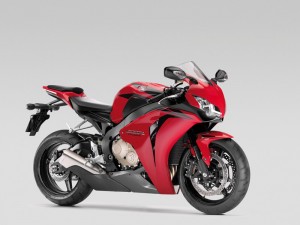
However, back then I could not just simply buy the bike I wanted (not even the class of the bike I wanted!), and the circumstances brought me a small Honda cruiser — the excellent Honda Rebel CA125. I learned to ride on it and travelled a lot, falling in love with my small cute chopper that felt so big on the first day it was brought to my garage from Vedi.
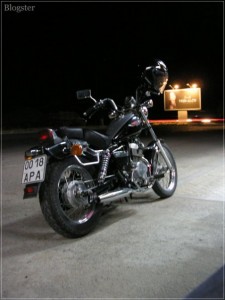
At first I was pretty unhappy with riding a cruiser, but it has slowly revealed a whole new dimension of motorcycling to me that I could never discover otherwise. I started to feel that motorcycling was not really as much about speeding as it was about the philosophy of riding, the philosophy of control, some danger, adventuring, freedom, freedom and freedom. I think this was very good for my motorcycling experience as a whole, because I figured that the pleasure of motorcycling was much richer and bigger than that of speeding in the open air, becoming forever ‘whacked by the motorcycling bug’. However low in its CCs, the Rebel was great at injecting these concepts into my body and soul (changing it permanently) and after a couple of seasons I realized I’m a cruiser type of a guy. You know when you’re a teenager you wanna choose and stick with one thing, easily labeling yourself and the others! Having ‘found’ myself, I did not expect this would change, but it was a juvenile thing to think!
One significant future-changing permanent impact that the Rebel had left on me though was my huge and long-lasting love affair with Honda. I was amazed by the engineering talent put behind my small machine and the quality of production was just astounding! I knew since that all my future motorcycles were going to be a Honda, and this determination is alive to this day.
It still touches my heart when someone talks positively about Honda, and I am ready to engage in an endless debate with the ‘R1 is better than Fireblade‘ type of fellows having Honda’s bulletproof ‘gearbox’ argument in my arsenal.
So the first major battle inside my head after starting riding was won by the cruisers, and I already knew I was not going to own a sportbike in a very long period of time. The cruisers felt way cooler, very attractive and stylish with an enormous spirit about themselves, and the rumbling of the engine was so addictive that I didn’t understand anyone who wanted to ride anything else. So my dream motorcycle at the time became Honda Shadow — Honda’s flagship cruiser.
Other parts of the series can be found here.
Next wave of purchases: Helmet
I’m planning my next wave of major purchases.
And I am going to kick it with a new helmet — I desperately need to change my current Lazer helmet.
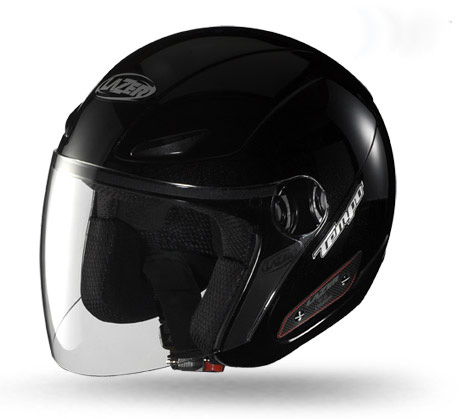
Most importantly, it is already around 5 years old (and helms do need to be replaced every 3 years as they lose their protective capabilities); it’s a cruiser helmet (I want something more streetfigher-fitting with my CBF500) and it’s a Lazer (I want a better brand).
I contacted my dear local dealer and here are the options they offered:
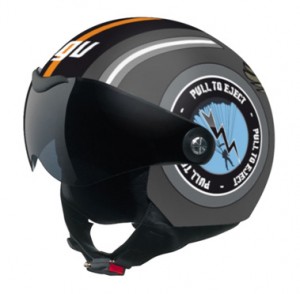
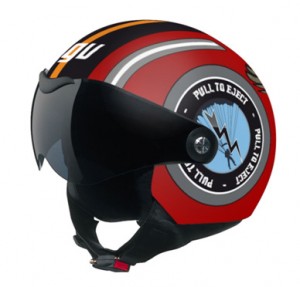
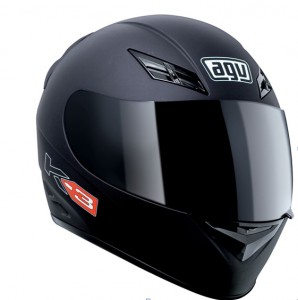
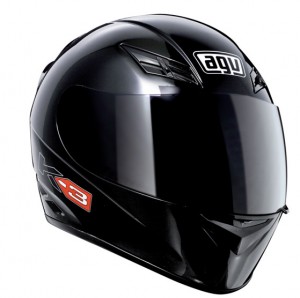
My heart currently goes with the first option, as it looks very stylish to me (besides having a great pilot look!).. However I am not sure how would it actually look on my wonderful head, so at times the more conservative options number 3 and 4 look ‘safer’ to order.
Oh, and agv is awesome!
My CBF500
First Experiences
The bike has been an amazing experience all the way.
Now I have ridden a bike and two, but nothing compares to riding a brand new, fresh motorcycle.
So the first thing one should know about riding zero mileage brand new motorbikes is that they behave rather strangely at times!
My own personal experience was — the engine sounded and responded harsh at the beginning, the clutch and gear shifting would sometimes fail. But this disappeared gradually, and after the 200th kilometer I come across these issues only very rarely (running-in period for CBF500 according to my manual is 500km).
Other than that, the bike has been an absolute joy to ride. I don’t push the revs further 5000 till I hit the 500km mark on my odometer, and even so it’s very quick to accelerate and feels confident at the 6th gear. There was a problem with steering or shifting gears on turns at the beginning, but now the thing feels more agile than most of the things I’ve ridden.
I’m currently planning my first trip outside Yerevan on the absolutely wonderful Google Mapmaker. Will probably be on the upcoming weekend, and hopefully the weather will be fair. From there we’ll have the first live trip post with the first pictures on this blog.

